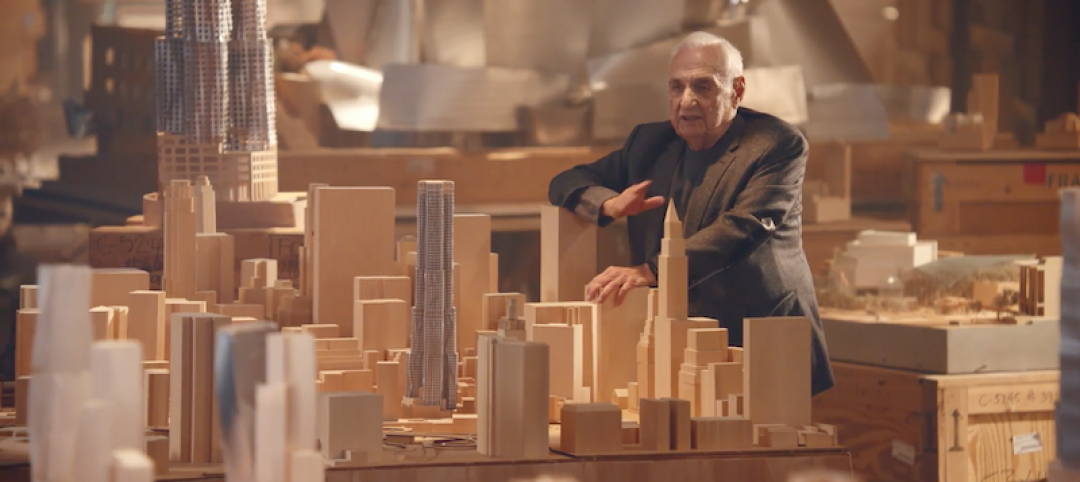A new product from PocketCake, called VRSCA (for Virtual Reality Simulation Converter Assembly), is three times more powerful than the average high-performance computer and allows for up to eight people to experience a virtual reality simulation at the same time.
VR enables users to experience immersive, computer-generated 3D environments through the use of specialized headsets and state of the art modeling software. Since the price of VR headsets and software has dropped significantly in recent years, developers are limited only by their imaginations and processing efficiency.
PocketCake is releasing a new product, the VRSCA (for Virtual Reality Simulation Converter Assembly), to remove the limits on processing power and setting developers' imaginations free.
Most computers are not equipped to handle the massive volume of data contained in a typical VR simulation file. A high performance laptop computer can process the data necessary to simulate a 25,000 square-foot building at a frequency of 25 frames per second.
By contrast, VRSCA processes the same model at 80 frames per second. A 100,000-square-foot model with defined interior and dynamic lighting would crash the average high-powered computer. VRSCA, on the other hand, runs the simulation with ease: no lag; no overheating.
VRSCA allows for up to eight people, wearing headsets such as the Oculus Rift, to experience a virtual reality simulation in the same room at the same time.
Virtual reality simulations for multiple viewers
VRSCA is available in four models: a single viewer, a dual viewer, a 4-person viewer and an 8-person viewer. The single, dual and 4-person viewers are portable. Each VRSCA is capable of hosting as many as 58 viewers remotely. This means simulations can be viewed simultaneously by 58 viewers in different locations.
VRSCA can be equipped with options such as a controller that allows for easy navigation through a simulation and the ability to change spawn points and control lighting.
Stanford graduate and hardware engineering manager for QuEST Rail, Matt Rogge PhD, EE is overseeing design and production of VRSCA. Dr. Rogge's knowledge and experience in railroad control electronics and digital systems provides a key element to the VRSCA project's success.
For more information, visit: www.pocketcake.com/vr.html.
Related Stories
Office Buildings | Mar 2, 2017
White paper from Perkins Eastman and Three H examines how design can inform employee productivity and wellbeing
This paper is the first in a planned three-part series of studies on the evolution of diverse office environments and how the contemporary activity-based workplace (ABW) can be uniquely tailored to support a range of employee personalities, tasks and work modes.
Building Team | Mar 1, 2017
Intuitive wayfinding: An alternate approach to signage
Intuitive wayfinding is much like navigating via waypoints—moving from point to point to point.
Architects | Mar 1, 2017
Rafael Aranda, Carme Pigem and Ramon Vilalta receive the 2017 Pritzker Architecture Prize
2017 marks the first time that three architects together are honored with the prize.
Architects | Feb 27, 2017
AIA selects four individuals to receive the 2017 Associates Award
The AIA Associates Award is given to individual Associate AIA members to recognize outstanding leaders and creative thinkers for significant contributions to their communities and the architecture profession.
Architects | Feb 24, 2017
14 architects selected to receive the 2017 Young Architects Award
Young Architects are defined as professionals who have been licensed 10 years or fewer regardless of their age.
Architects | Feb 20, 2017
Take an architecture class taught by Frank Gehry
The starchitect will be teaching a course for MasterClass, an online education platform.
Architects | Feb 16, 2017
16 design trends from Gensler’s 2017 Design Forecast
Gensler examines how design will shape the human experience in the next year and beyond.
Architects | Feb 14, 2017
NCARB streamlines path to certification for architects
Architects without a degree from an accredited program can pursue NCARB certification through a new path.
Designers | Feb 1, 2017
Netflix design documentary series to feature Bjarke Ingels
Abstract: The Art of Design will delve into the artistic processes of various influential designers.
Architects | Jan 27, 2017
The Enterprise Rose Architectural Fellowship and Lawrence Scarpa, FAIA, honored with the 2017 Collaborative Achievement Award
Lawrence Scarpa, FAIA and the Enterprise Rose Architectural Fellowship receive the 2017 Collaborative Acievement Award.

















